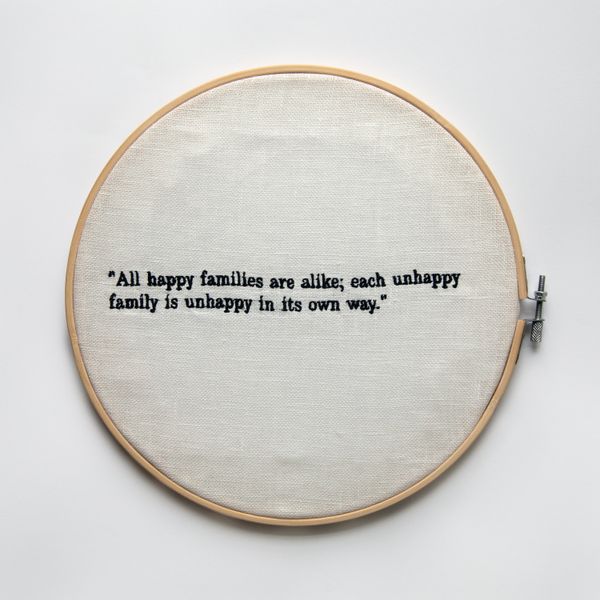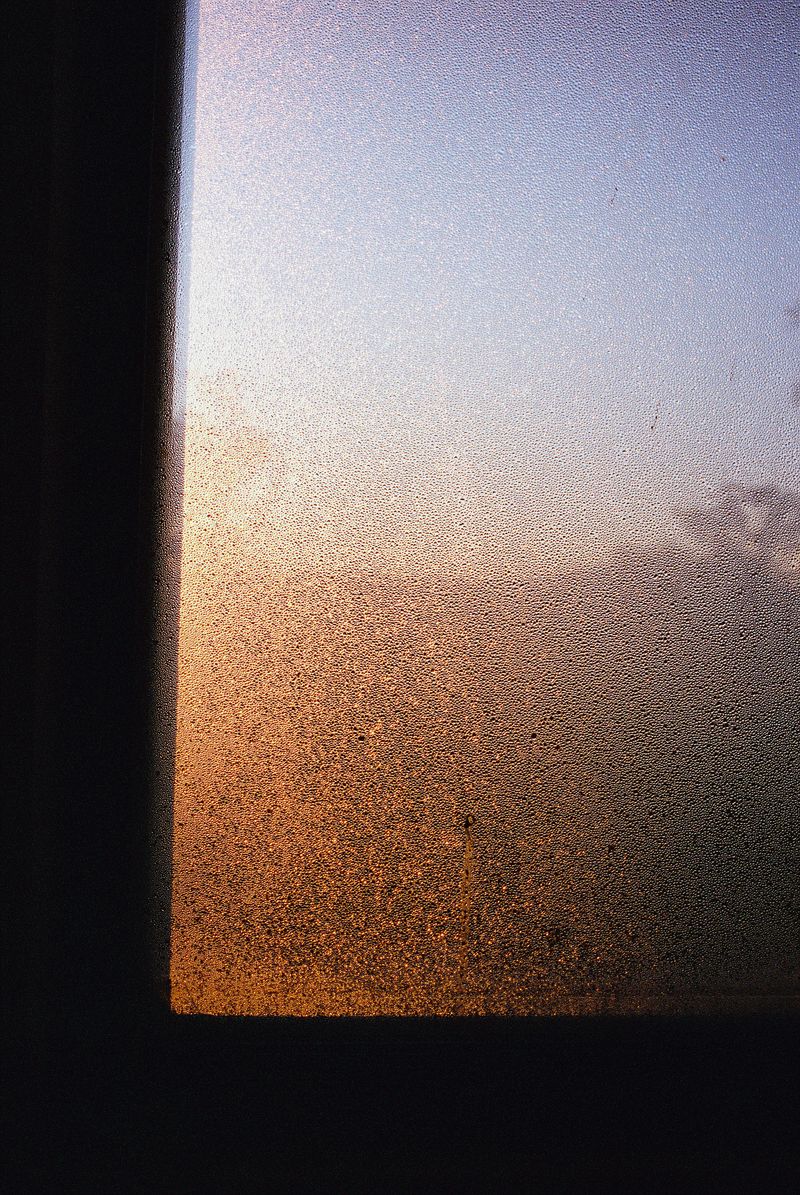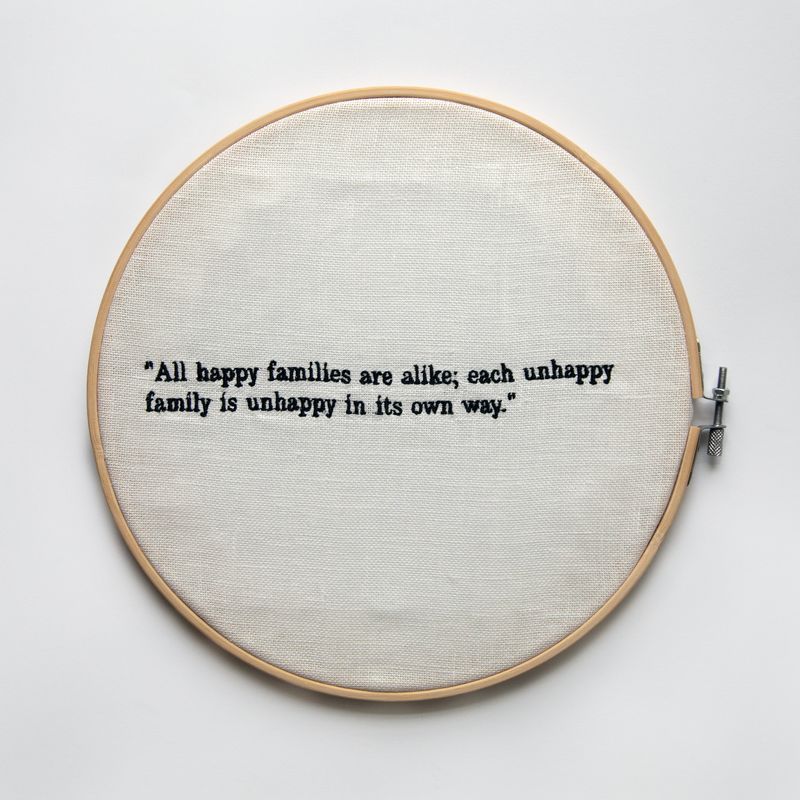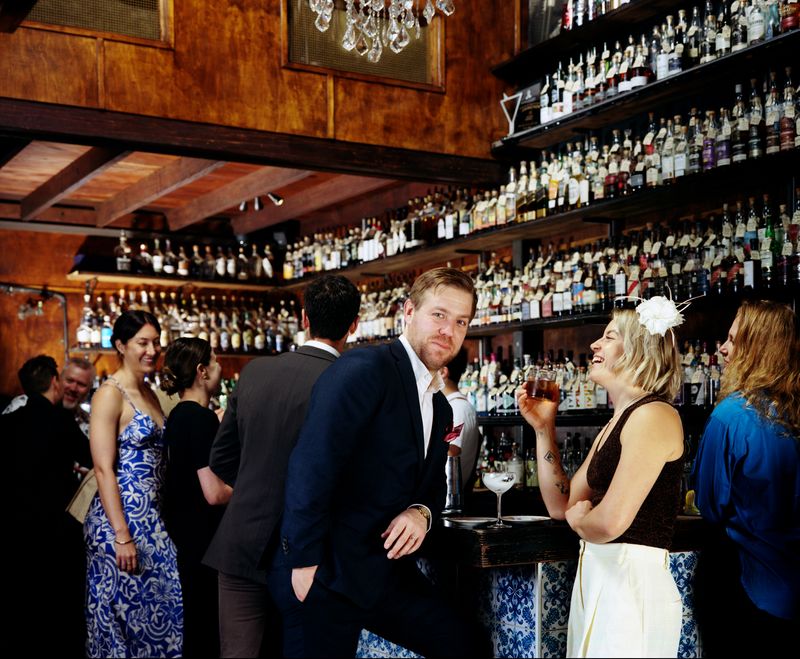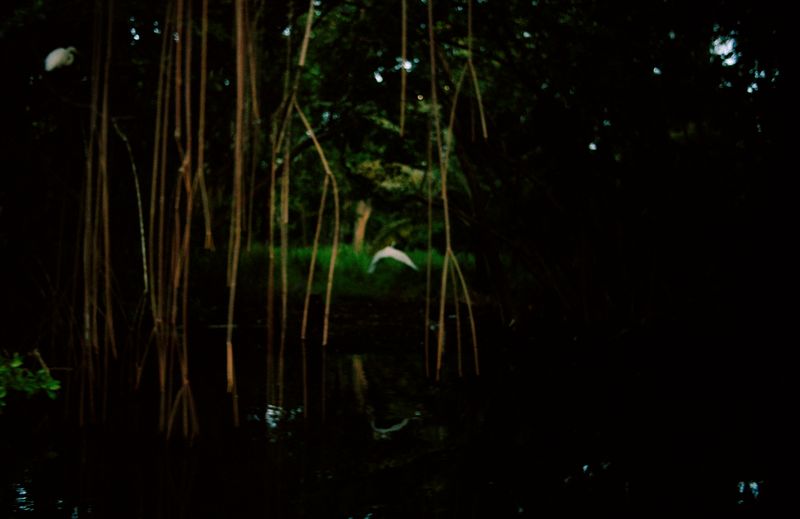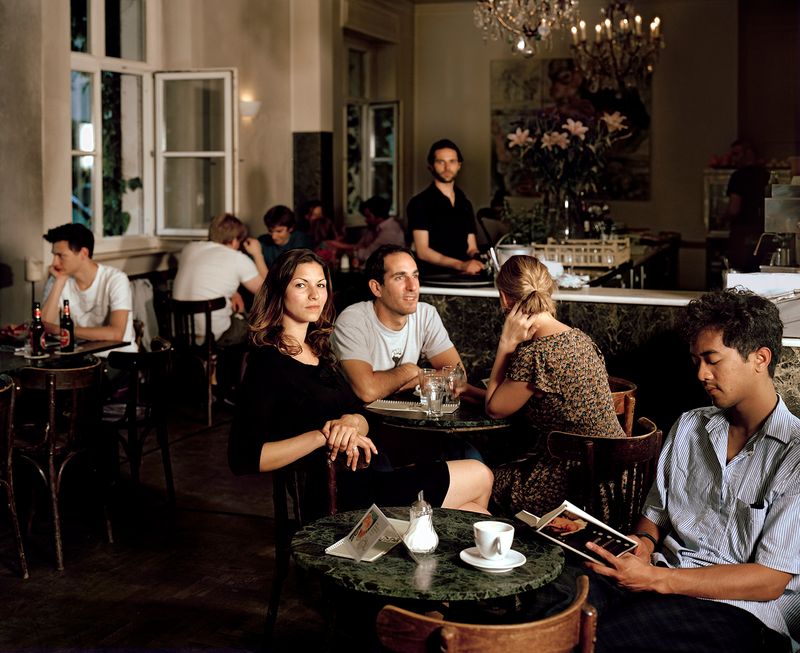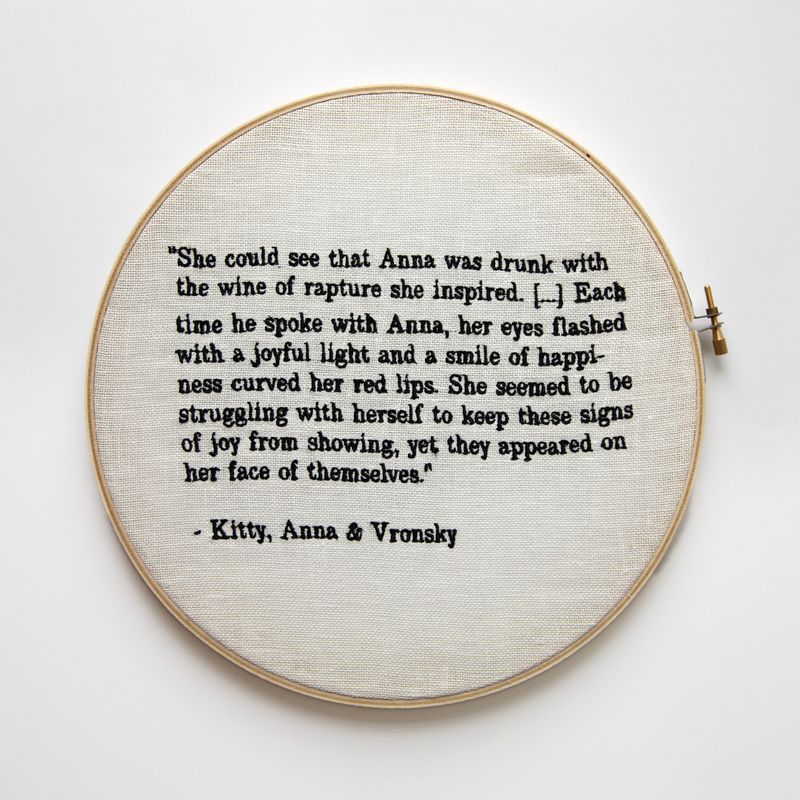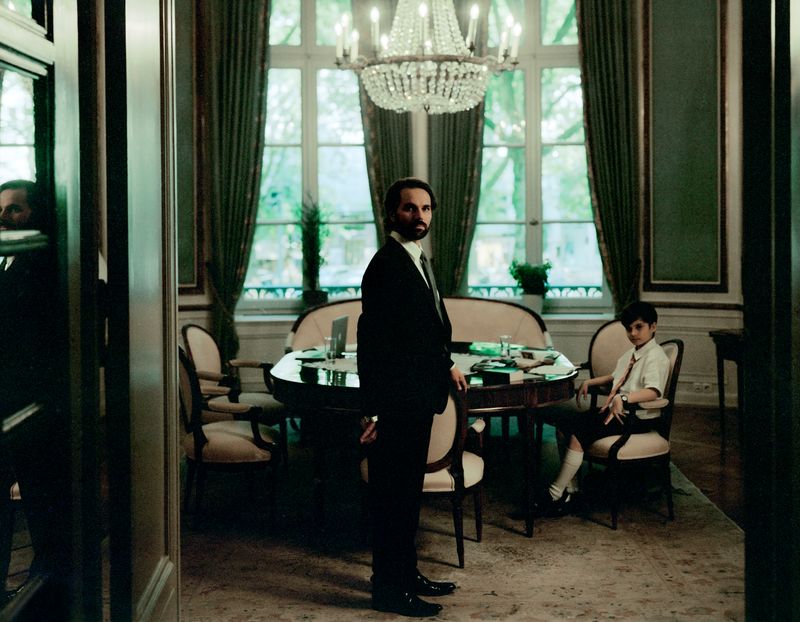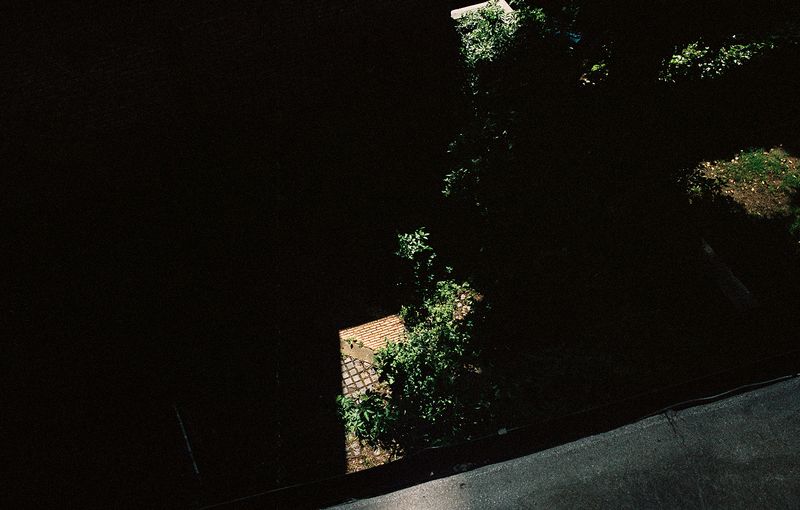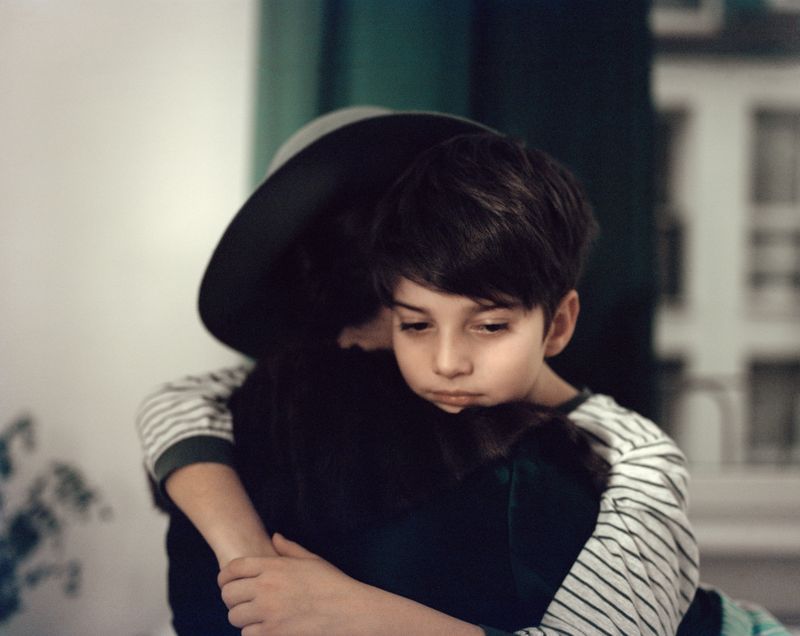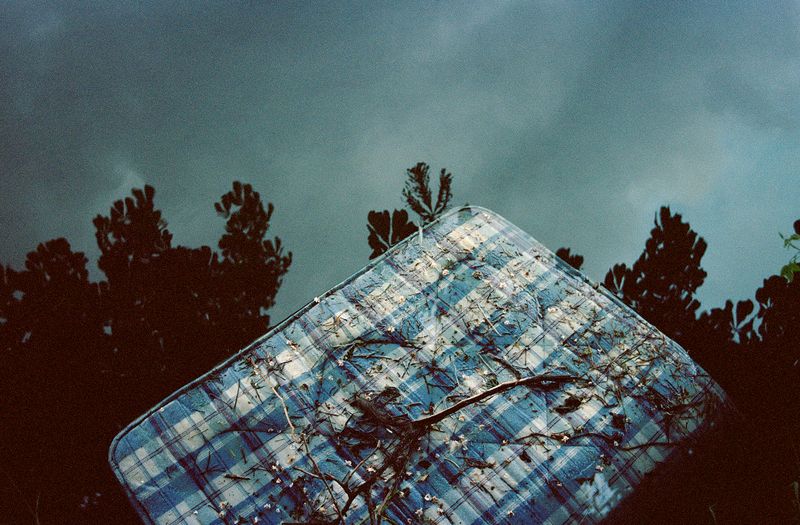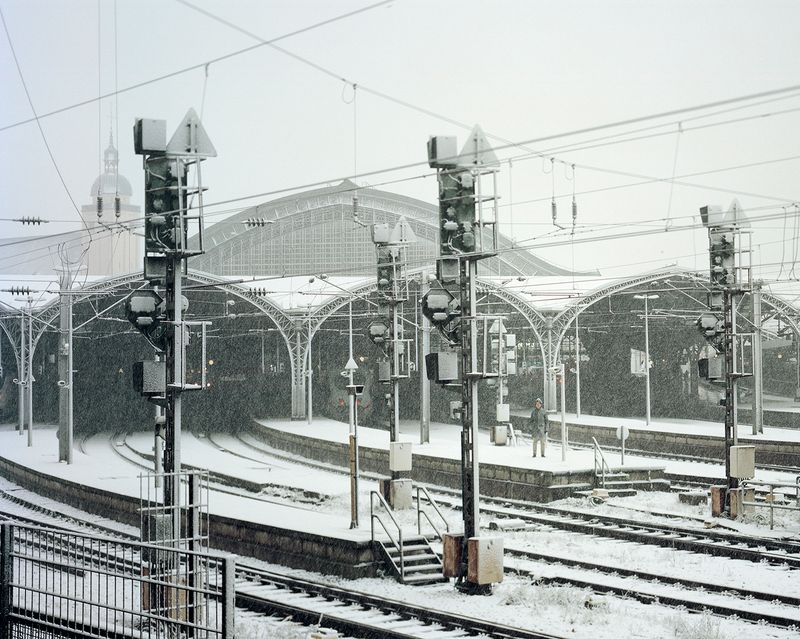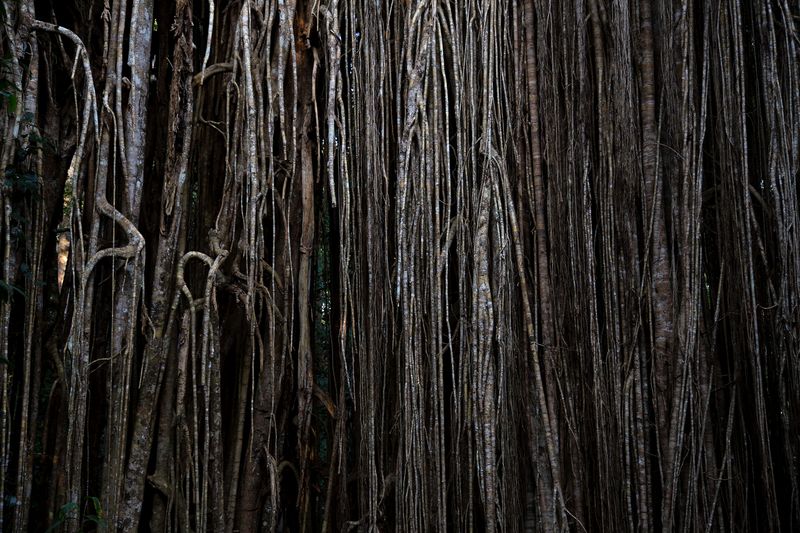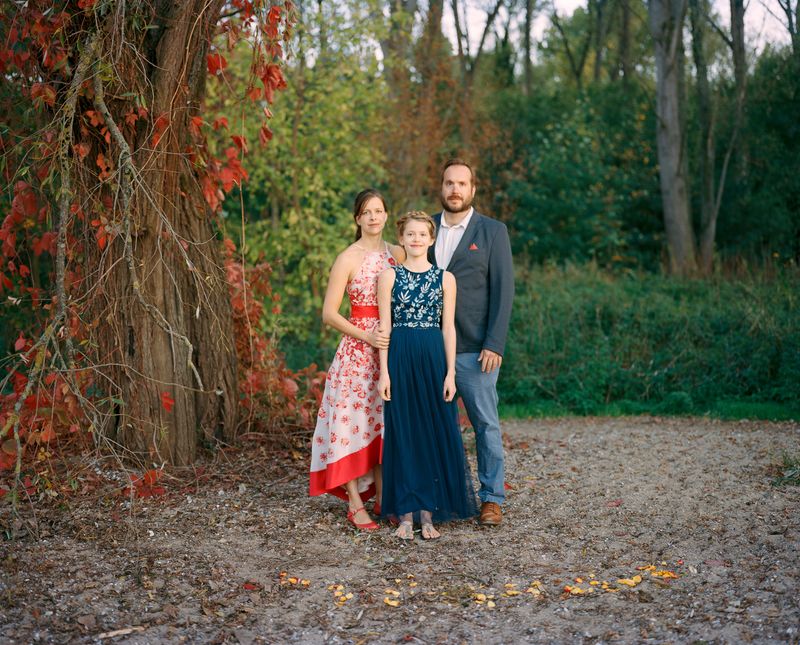And where love ends, hate begins.
-
Dates2011 - Ongoing
-
Author
The result of a decade-long obsession with Tolstoy’s Anna Karenina, this body of work captures psychological subtleties that transcend time and rigorously examines universal themes of family, love, societal tensions, and gender inequalities.
Why this fixation on a one-hundred-year-old piece of writing? As literary professor Gary Saul Morson puts it best: “If the world could write directly, it would write like Tolstoy.”
Anna’s tragedy of being torn between social prestige and romantic passion draws an unforgiving portrait of society that remains relevant today.
When I first read the novel, I misunderstood Anna’s downfall as a heroic fight for romantic love. Re-reading the book profoundly changed my understanding of its meaning. It became clear to me that Tolstoy’s intention instead was for the reader to notice the overlooked value of the ordinary and convey "the truth that well-being for men consists in being united together" (Leo Tolstoy, "What is Art?")
The theme of family and the mundane recurs throughout my deeply personal practice. I chose Anna Karenina because I was emotionally drawn in, or possibly the book chose me. Through my lens, I untangle this infatuation with a canonical male-authored text. Shifting the gaze from male to female, historic to modern, the project critically reframes the novel’s perspective.
The portraits were staged with attention to subtle gestures, expressions, and objects that evoke each character’s complexities. Shot on large-format, in different continents, years apart, they seek a translatable essence, or truth.
Landscape photographs represent the psychological undercurrents of the novel. These images were collected at different points in time and in various locations around the world. It is impossible to assign a certain place to an image, intentionally framing the landscapes as outside of the realm of time and space.
Selected citations are machine-embroidered onto coarse meshed linen fabric, traditionally used for hand embroidery. Mirroring the gendered needlework assigned to the female characters, yet adapting the work to our present time, where machines have replaced most manual chores.
We find ourselves at a cultural moment not unlike the novel’s late 19th-century setting, marked by fading traditions, technological shifts, and cultural uncertainty. A time where a loss of feeling dominates. Tolstoy was convinced that art’s purpose is to unite. Following in his tradition, I create images that crystallise our connections over what separates us.
Tolstoy wrote a family novel as a form of rebellion, with the intention of challenging inauthenticity. My use of analogue technology to examine a historic piece is my quiet rebellion against a culture saturated with artificiality and distraction. It is an invitation to seek out the lessons that can be learnt from those who came before us.
I find both solace and discomfort in the fact that a novel written over a century ago remains this relevant. Has society not progressed as much as we assume? Or is what stands the test of time a consequence of the interconnected nature of humankind?

